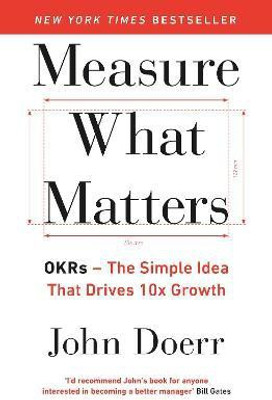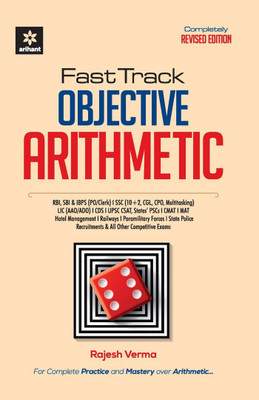

Freedom Sale starts in06 hrs : 50 mins : 36 secs
Types of magnets: Magnet, Electromagnet, Particle accelerator, Single-molecule magnet, Superconducting magnet, Neodymium magnet (English, Paperback, LLC Books, LLC Books, Source Wikipedia)
Price: Not Available
Currently Unavailable
Highlights
- Language: English
- Binding: Paperback
- Publisher: Books LLC, Wiki Series
- ISBN: 9781156645765, 115664576X
- Edition: 2011
- Pages: 148
Description
Please note that the content of this book primarily consists of articles available from Wikipedia or other free sources online. Pages: 44. Chapters: Magnet, Electromagnet, Particle accelerator, Single-molecule magnet, Superconducting magnet, Neodymium magnet, Rare-earth magnet, Linear particle accelerator, Ferrite, Spallation Neutron Source, Alnico, Samarium-cobalt magnet, Refrigerator magnet, Molecule-based magnets, Sextupole magnet, Photomagnetism, Quadrupole magnet, Bonded Neo, Magnetic horn, Bitter electromagnet, Plastic magnet, Programmable magnet, Dipole magnet, Magnetic keyed lock, Magnetic lens, Cow magnet, Bismanol, MKM steel, Cunife, Fernico. Excerpt: A magnet (from Greek, Magnesian stone) is a material or object that produces a magnetic field. This magnetic field is invisible but is responsible for the most notable property of a magnet: a force that pulls on other ferromagnetic materials, such as iron, and attracts or repels other magnets. A permanent magnet is an object made from a material that is magnetized and creates its own persistent magnetic field. An everyday example is a refrigerator magnet used to hold notes on a refrigerator door. Materials that can be magnetized, which are also the ones that are strongly attracted to a magnet, are called ferromagnetic (or ferrimagnetic). These include iron, nickel, cobalt, some alloys of rare earth metals, and some naturally occurring minerals such as lodestone. Although ferromagnetic (and ferrimagnetic) materials are the only ones attracted to a magnet strongly enough to be commonly considered magnetic, all other substances respond weakly to a magnetic field, by one of several other types of magnetism. Ferromagnetic materials can be divided into magnetically soft materials like annealed iron, which can be magnetized but do not tend to stay magnetized, and magnetically hard materials, which do. Permanent magnets are made from hard ferromagnetic materials such as alnico and ferrite that are subjec...
Read More
Specifications
Book Details
| Publication Year |
|
| Table of Contents |
|
Contributors
| Author |
|
Dimensions
| Width |
|
| Height |
|
| Weight |
|
Be the first to ask about this product
Safe and Secure Payments.Easy returns.100% Authentic products.
Back to top






